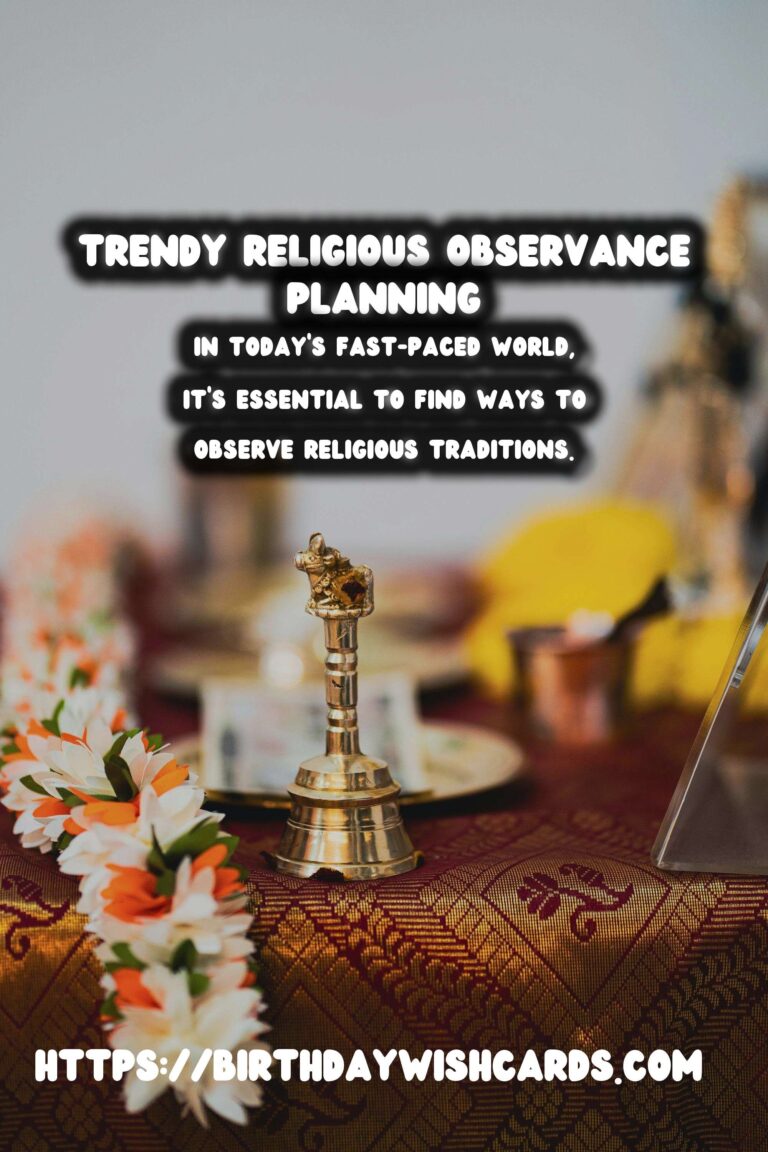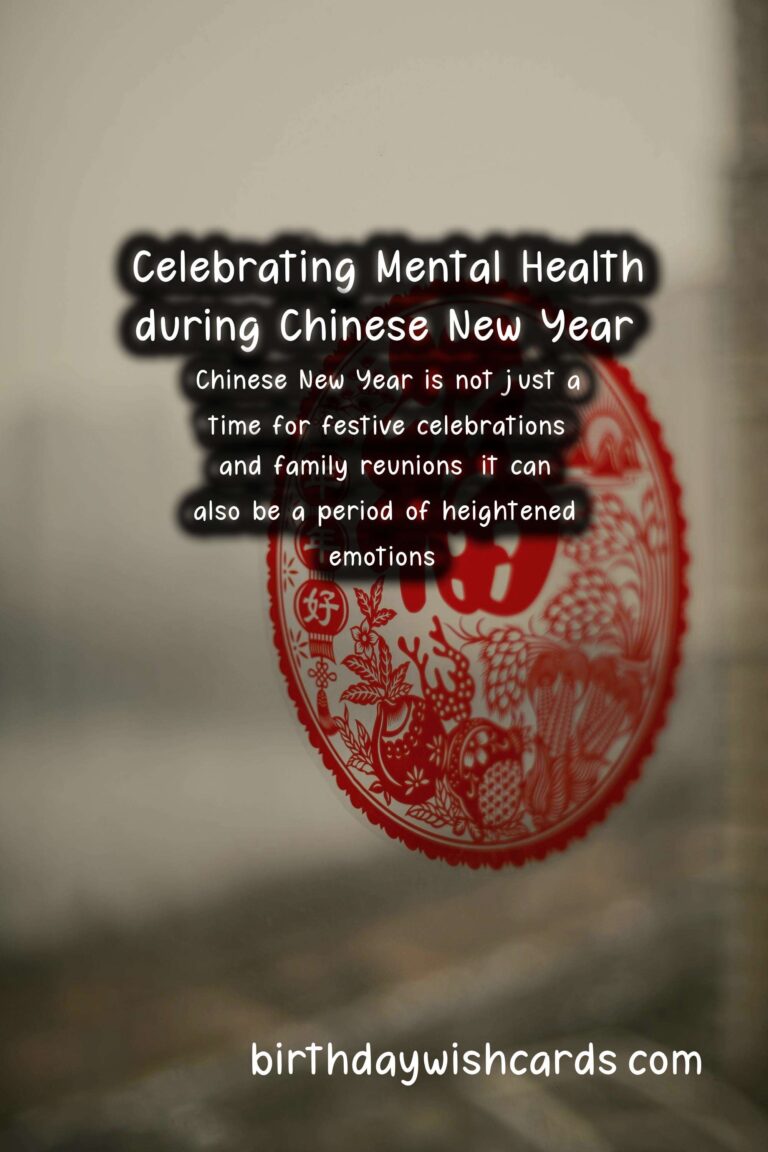Experience Semana Santa: A Guide to Celebrating Easter in Spain
The Tradition and Celebration of Easter Week in Spain
Semana Santa, or Holy Week in English, is a religious holiday that commemorates the passion, death, and resurrection of Jesus Christ. In Spain, Semana Santa is celebrated with great fervor and is considered one of the most important religious traditions in the country. The streets of Spanish cities and towns come alive with processions, music, and traditional events, making it a must-see for travelers during this time of year.
The dates of Semana Santa vary each year, as it is based on the lunar calendar and is celebrated on the week leading up to Easter Sunday. This usually falls in the months of March or April and is a public holiday in Spain. Throughout the week, you will see colorful religious processions, hear the sounds of brass bands and see elaborate floats, depicting scenes from the Bible, carried through the streets. Let’s dive deeper into the traditions, celebrations, and must-see events of Semana Santa.
History and Origins of Semana Santa
The origins of Semana Santa can be traced back to the Middle Ages, when Christian communities would reenact the events of the Passion of Christ on the streets. This was meant to educate the illiterate population and bring the story of Jesus to life. Gradually, these processions and performances became more elaborate and were introduced as part of the Catholic Church’s liturgy in Spain.
During the 16th and 17th century, Catholic brotherhoods or cofradías emerged, with the purpose of conducting these processions and promoting the Catholic faith. These brotherhoods were organized around a certain church and were responsible for the organization and funding of the Semana Santa events.
Traditions and Celebrations during Semana Santa
Throughout Spain, the traditions and celebrations of Semana Santa have remained largely unchanged. The main focus of the week is the processions, which are carried out by the brotherhoods in each city and town. These processions usually consist of a group of people dressed in religious robes, carrying floats or pasos, which depict scenes from the Passion of Christ.
One of the most iconic symbols of Semana Santa is the Nazareno, or man dressed in a long tunic and a pointed hood, often associated with the Ku Klux Klan. But in Spain, this is a purely religious tradition and has no connection to any other group. The Nazareno represents penitents who are asking for forgiveness for their sins and is a common sight during the processions.
Each procession has a unique schedule, so it’s best to check with the local tourist office to find out when and where you can see them. Some of the most famous processions take place in Seville, Málaga, and Granada, but every city and town in Spain has their own unique celebrations and traditions.
Must-See Events During Semana Santa
Aside from the processions, there are other must-see events during Semana Santa that are unique to certain regions of Spain. In Granada, you can witness the Washing of the Feet, where the local bishop washes the feet of thirteen poor men in a reenactment of Jesus washing the feet of his disciples. In Seville, there is the famous Bullfighting Fair during Semana Santa, a tradition that dates back to the 18th century.
In Valencia, you can participate in the Holy Thursday Procession, where the penitents carry huge crosses, representing the suffering of Christ on the cross. In Cáceres, you can see the Paso de las Mulas, a procession where mules carry the statues depicting Jesus’ entrance into Jerusalem. In almost every region, there are unique traditions and celebrations that make Semana Santa a one-of-a-kind experience.
The Significance of Semana Santa for the Spanish People
For the Spanish people, Semana Santa is much more than a religious celebration. It is a time to come together with family and friends, indulge in traditional Easter foods, and enjoy the festivities. It’s also an important time for Spanish culture, as many traditional songs and dances are performed during the processions. It’s a time of celebration, reflection, and unity for the people of Spain.
Experience Semana Santa for Yourself
Whether you are a religious traveler or just curious about Spanish culture, Semana Santa is a must-see event in Spain. Witness the grand processions, experience the traditional foods and celebrations, and soak up the rich history and traditions of this iconic holiday. Book your trip to Spain during Easter week and experience Semana Santa for yourself!
Semana Santa, or Holy Week in English, is a religious holiday that commemorates the passion, death, and resurrection of Jesus Christ.
In Spain, Semana Santa is celebrated with great fervor and is considered one of the most important religious traditions in the country.
The dates of Semana Santa vary each year, as it is based on the lunar calendar and is celebrated on the week leading up to Easter Sunday.
Throughout the week, you will see colorful religious processions, hear the sounds of brass bands and see elaborate floats, depicting scenes from the Bible, carried through the streets.
The origins of Semana Santa can be traced back to the Middle Ages, when Christian communities would reenact the events of the Passion of Christ on the streets.
Gradually, these processions and performances became more elaborate and were introduced as part of the Catholic Church’s liturgy in Spain.
During the 16th and 17th century, Catholic brotherhoods or cofradías emerged, with the purpose of conducting these processions and promoting the Catholic faith.
Throughout Spain, the traditions and celebrations of Semana Santa have remained largely unchanged.
The main focus of the week is the processions, which are carried out by the brotherhoods in each city and town.
In Seville, there is the famous Bullfighting Fair during Semana Santa, a tradition that dates back to the 18th century.
In Cáceres, you can see the Paso de las Mulas, a procession where mules carry the statues depicting Jesus’ entrance into Jerusalem.
Semana Santa is much more than a religious celebration for the Spanish people.
It is a time to come together with family and friends, indulge in traditional Easter foods, and enjoy the festivities.
It’s also an important time for Spanish culture, as many traditional songs and dances are performed during the processions.
For the Spanish people, it’s a time of celebration, reflection, and unity.
Book your trip to Spain during Easter week and experience Semana Santa for yourself!










#EasterSpain #SemanaSanta #SpanishCulture






